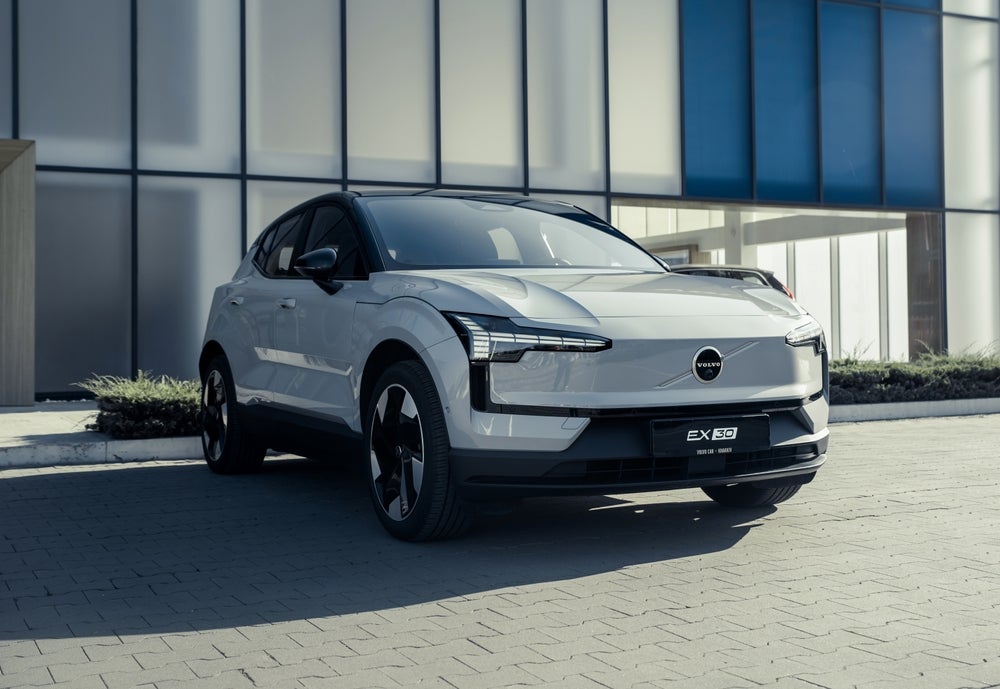Changing landscapes of European body style
Simultaneous rise in SUVs and the decline in hatchbacks indicate that consumers are increasingly favoring vehicles that offer more space and versatility.
According to GlobalData’s body style analysis, SUVs are estimated to account for 58% of Western Europe’s passenger cars (PVS) by the end of 2025, up from 37% in 2020.
In 2020, the hatchback was still the most popular body style in Western Europe, holding a 40% market share. However, in 2021, the SUV claimed its largest share by overtaking the hatchback, showing significant changes in the composition of the regional market. The supply chain crisis, cost pressures associated with electrification, and evolving consumer preferences have forced manufacturers to offer them with less profitable small vehicles (particularly hatchbacks) that attack crossfires. Pandemic-induced supply issues forced automakers to prioritize higher margin vehicles, driving a decline in sales of smaller hatchback models. By the end of 2025, the hatchback is projected to fall to just 26% market share, further down to 24% by 2030. However, the fact that they remain important entry-level options should prevent the low market share seen in other affected body styles, such as MPVS, from falling.
The emergence of Chinese automakers underscores the importance of SUVs in the European market. According to GlobalData’s brand Origin data, SUVs are expected to account for more than 70% of Chinese brand sales in Western Europe this year. In part, thanks to economies of scale and government support, these manufacturers are now effectively competing around the world. However, our forecasts reveal contrasting scenarios in China. In this scenario, only 52% of sales from domestic manufacturers are explained by the SUV. This highlights the strong European preference for SUVs and encourages Chinese manufacturers to focus their efforts strategically on this segment.
Another segment that is expected to grow in the coming years is the sedan body style. This is set to be better supported by the market shift towards electric vehicles (EVs) due to its potential weight and aerodynamic advantages. Additionally, sedans are usually designed with a focus on ride comfort, making them an attractive option for many customers. Both Kia and Lexus are set to launch the Midsize Electric Sedans in 2027, while Audi is set to launch the A3’s electric successor in both sedan and hatchback variations.





